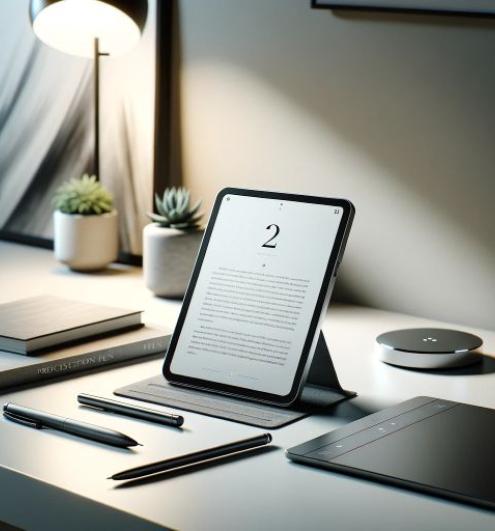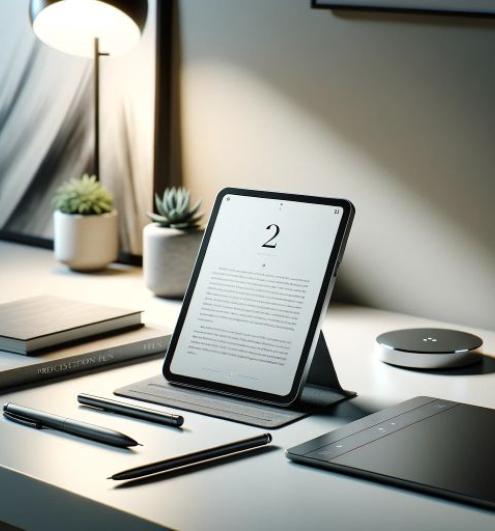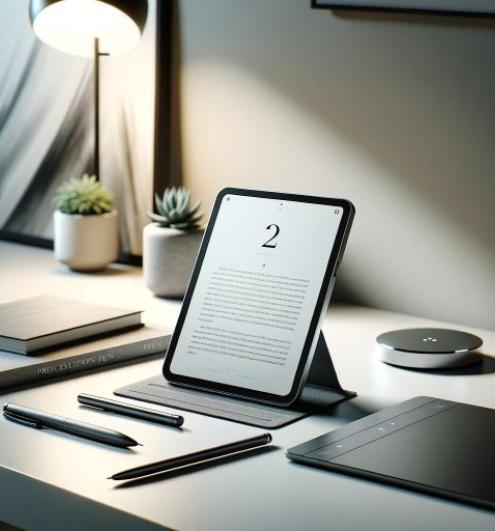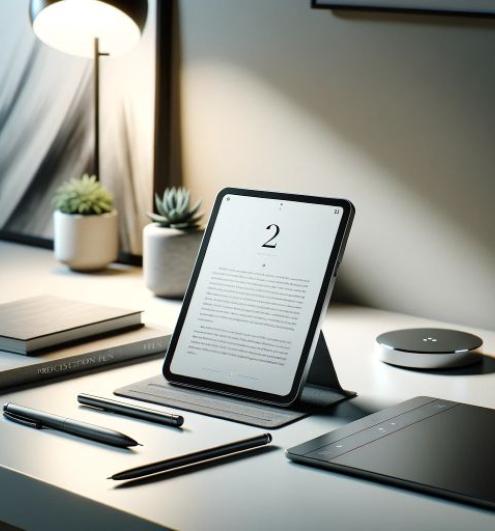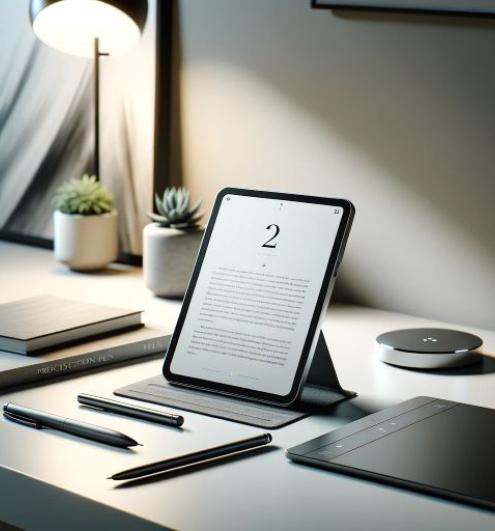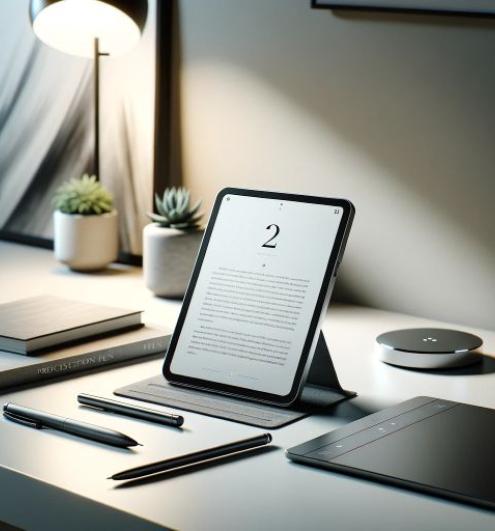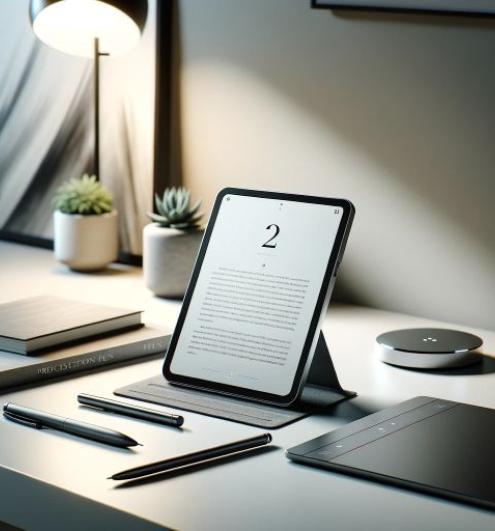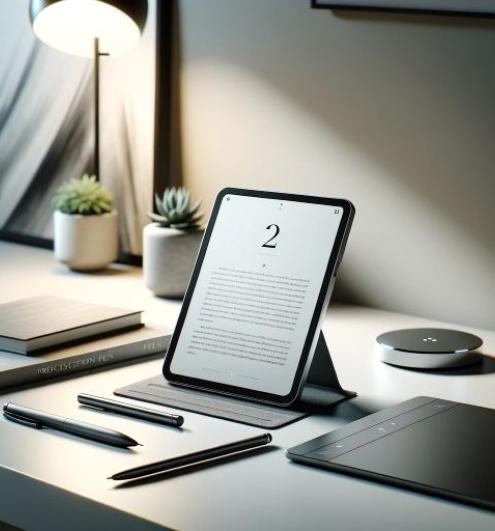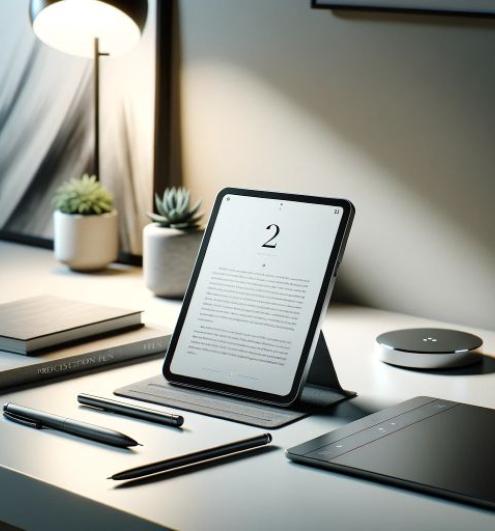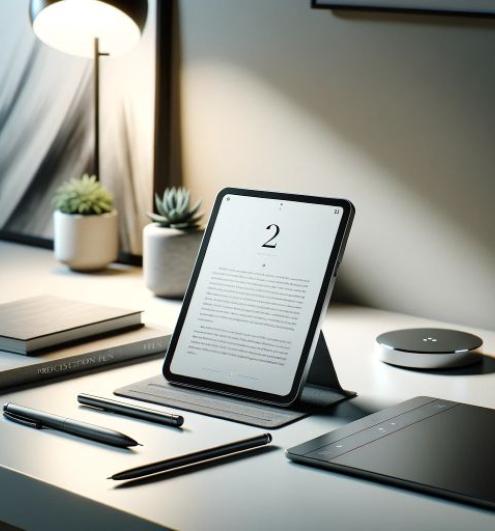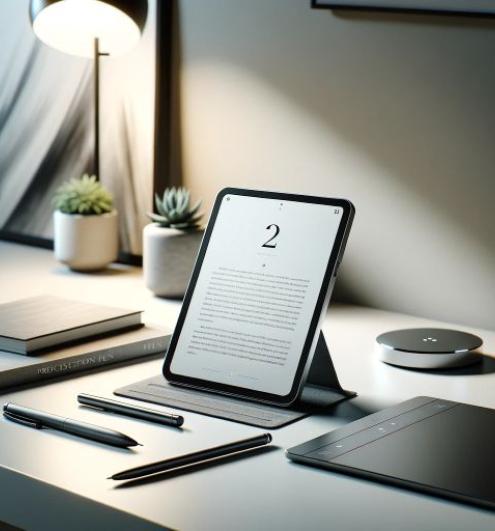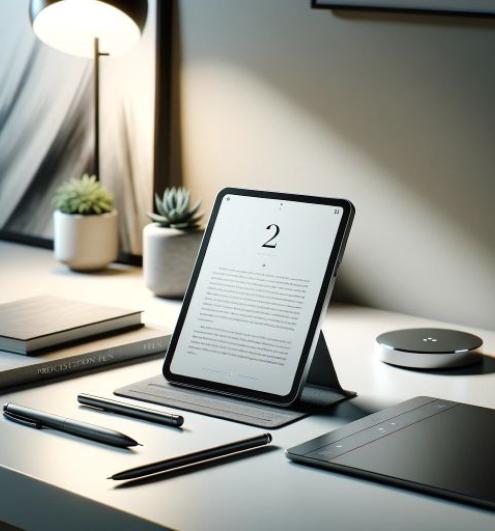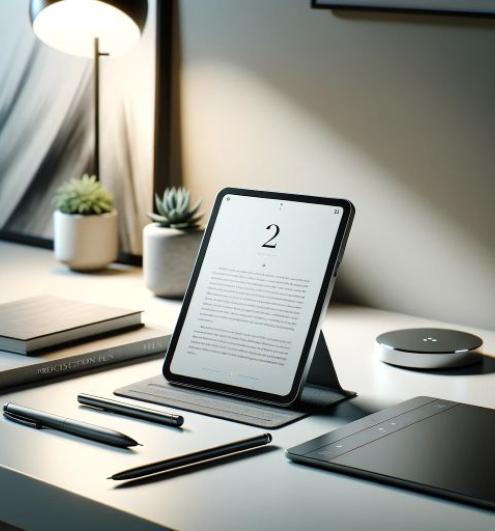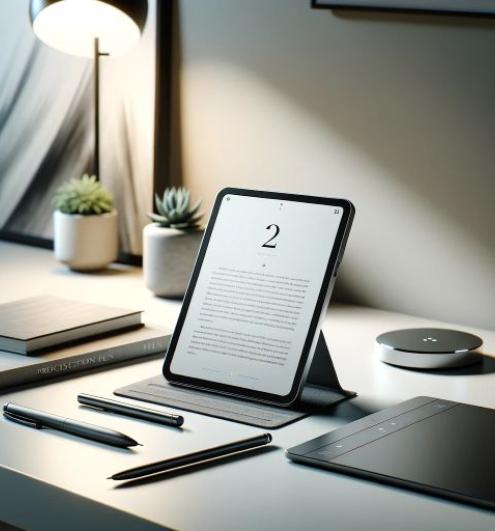Underground garden irrigation
The drip irrigation system is the most efficient watering system available. It delivers water directly to the roots of the plant in a slow and steady flow. It is more efficient than the sprinkler system because it assures the right quantity of water needed and doesn’t waste any water.
Start off by digging parallel ditches on the garden bed. The ditches should be 6 inches deep and 3 inches wide. Make sure there’s about 18 inches between each ditch in clay soil and 12 inches in sandy soil. Make the ditches meet one another at one of the ends.
Position a soaker hose or a drip tube in the trenches. Attach lines emitters each 18 inches across the hose. These emitters will modify the pressure of the water flow. Make a hole in each of the flower pots big enough to fit the tube or hose. The emitters require 4 inches spacing around them. The flower pots act like vents for the emitters.
Place a drip irrigation line along the ditch. Use connectors to connect each end of the tubing between one another. The tubes must connect to a PVC T shaped joint. use cement to secure the connection. Connect a back flow preventer to the main external water source. It won’t allow water to go back up the hose and into the water supply system. Attach a pressure regulator to the back flow preventer.
As a finishing touch, refill the ditches with soil and plant grass and plants on top

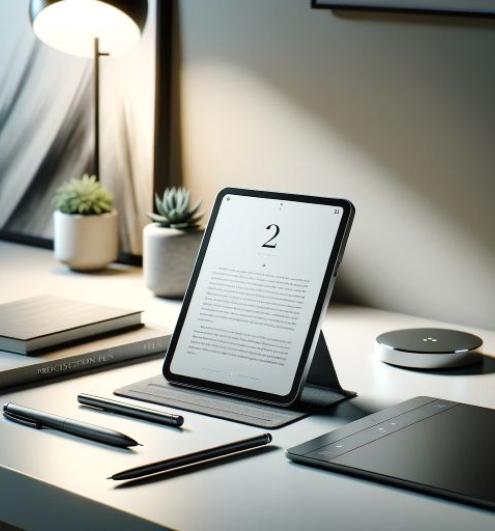 Proper lawn watering techniques and knowing when and how much to water will assure a healthy, ae...
Proper lawn watering techniques and knowing when and how much to water will assure a healthy, ae...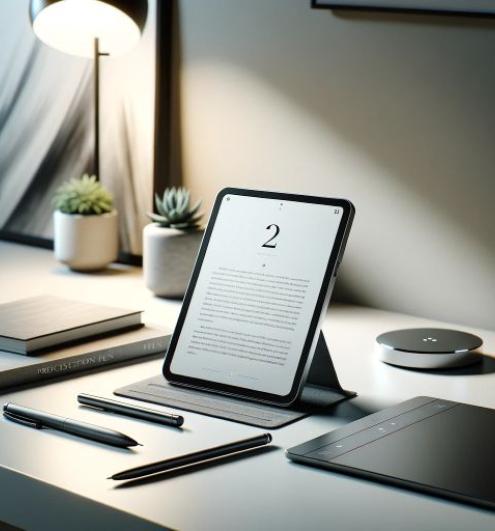 The solar irrigation pump can be used to irrigate different landscapes from small gardens to cro...
The solar irrigation pump can be used to irrigate different landscapes from small gardens to cro...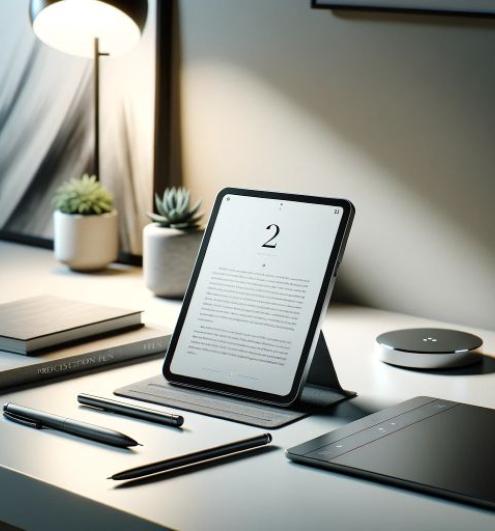 Plasticulture is a farming method that helps you grow 2-3 times more crops at half the amount of...
Plasticulture is a farming method that helps you grow 2-3 times more crops at half the amount of...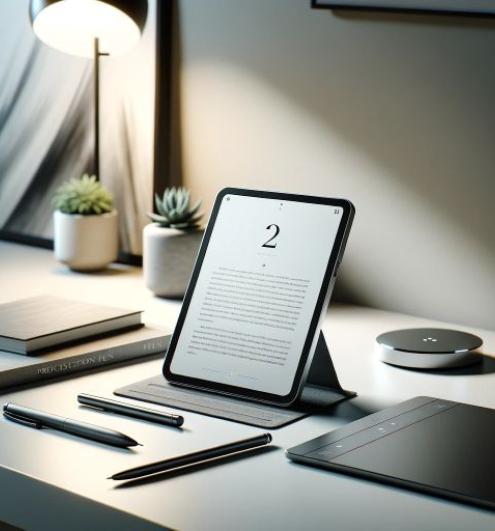 Even if the self and automatic irrigation process may not work for any plant, it saved a lot of ...
Even if the self and automatic irrigation process may not work for any plant, it saved a lot of ...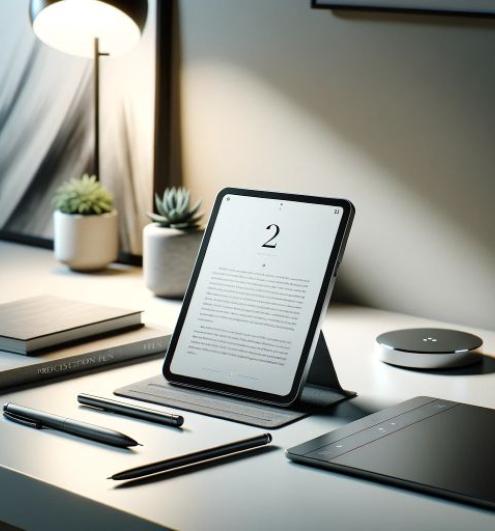 There are many advantages you can get from recycling water used for a washing machine, from sink...
There are many advantages you can get from recycling water used for a washing machine, from sink...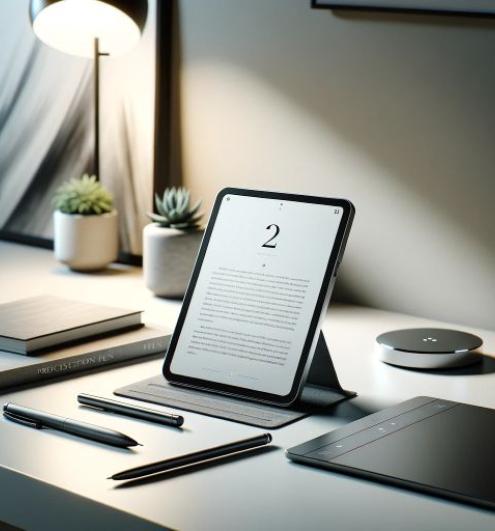 Whether it consists of simple manual watering or more complex irrigation systems, watering a gar...
Whether it consists of simple manual watering or more complex irrigation systems, watering a gar...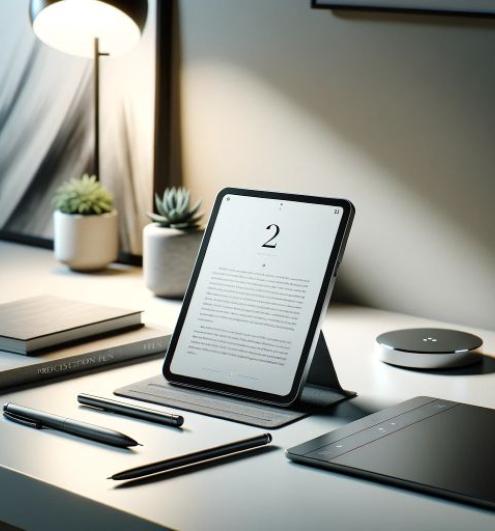 Irrigation systems have been around for quite a while and have helped in the growth and developm...
Irrigation systems have been around for quite a while and have helped in the growth and developm...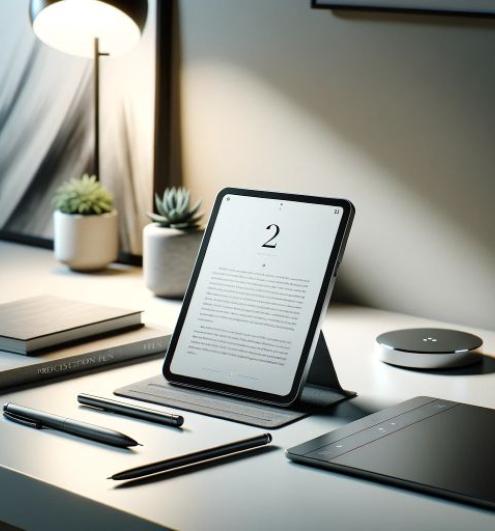 To assure a healthy garden,the proper amount of water must be supplied to the plants and crops a...
To assure a healthy garden,the proper amount of water must be supplied to the plants and crops a...